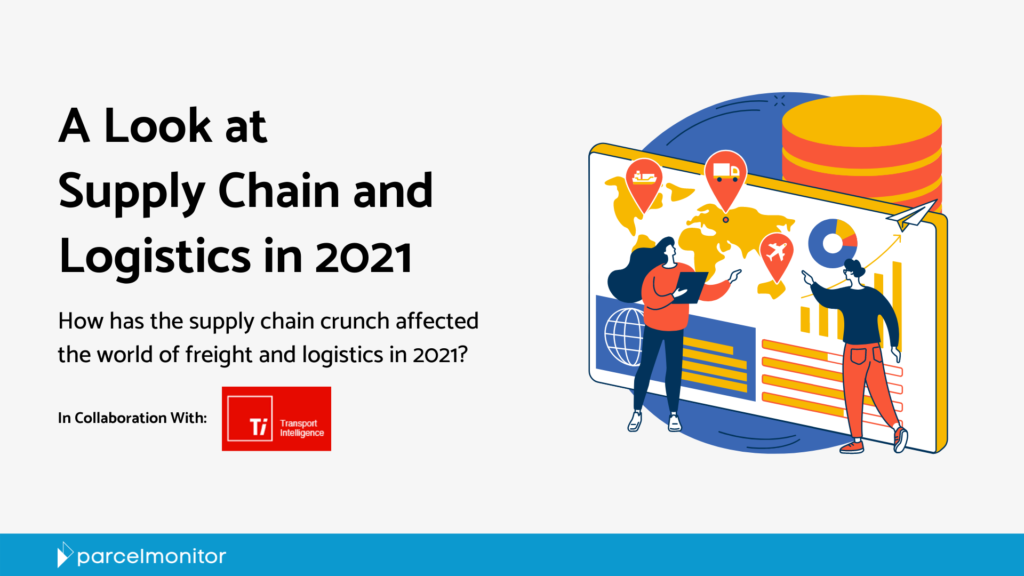According to research carried out a few months ago by market research firm Transport Intelligence, air freight was expected to expand by 14.9% in 2021, 7.3% more than sea freight. This comes after a difficult 2020 marked by soaring tariffs, dipping shipment volumes and lower-than-desired shipping rates. The exceptional growth within the air freight forwarding industry may have been attributed to the combination of rapidly recovering consumer demand and global administration of Covid vaccines last year.
Meanwhile, in the sea freight market, things were not looking as good. For one, the negative impacts of vessel and port congestions in 2021 have been profound to say the least. Businesses are turning to alternative modes of transportation as a result of incidents like the Suez Canal obstruction that have further exacerbated the pre-existing supply chain bottlenecks. Moreover, the fact that logistics carriers today are charging as high as US$7,000 per 40ft equivalent unit to the US West Coast has eliminated the cost advantage that sea freight used to have over airfreight.
Global e-commerce growth stabilized
2020 witnessed an unprecedented amount of growth in online sales in many countries around the world. The Covid-19 pandemic situation, coupled with the benefits of omnichannel retailing, has prompted retailers to accelerate their digitalization efforts to adopt e-commerce. During the 2020 peak holiday season, there was a record-breaking increase of 63% in e-commerce shipment volume in the US. Similar surges were recorded in most European countries as well.
Fast forward to 2021, the return of physical retail following the easing of lockdown measures was largely responsible for the overall decline in online sales in the US. With reference to our findings, peak season 2021 was forecast to experience a lower growth of 39-58% MoM and 23-32% YoY. Similarly in Europe, the region was expected to see a much slower growth of 33-39% MoM and 44-54% YoY.
A reduction in delivery times in most countries
When it comes to package delivery times, most regions displayed positive signs of recovery throughout 2021. In Singapore, for instance, the average transit time improved from 1.5 days in 2020 to 1.3 days in 2021. One reason could be that many carriers have been making a concerted effort to improve their services during these challenging times. Hermes is a great example, as evidenced by its recent recruitment push and setting up of temporary distribution centers in the UK to prepare for peak season 2021.
Click here to view the full report by Parcel Monitor.


